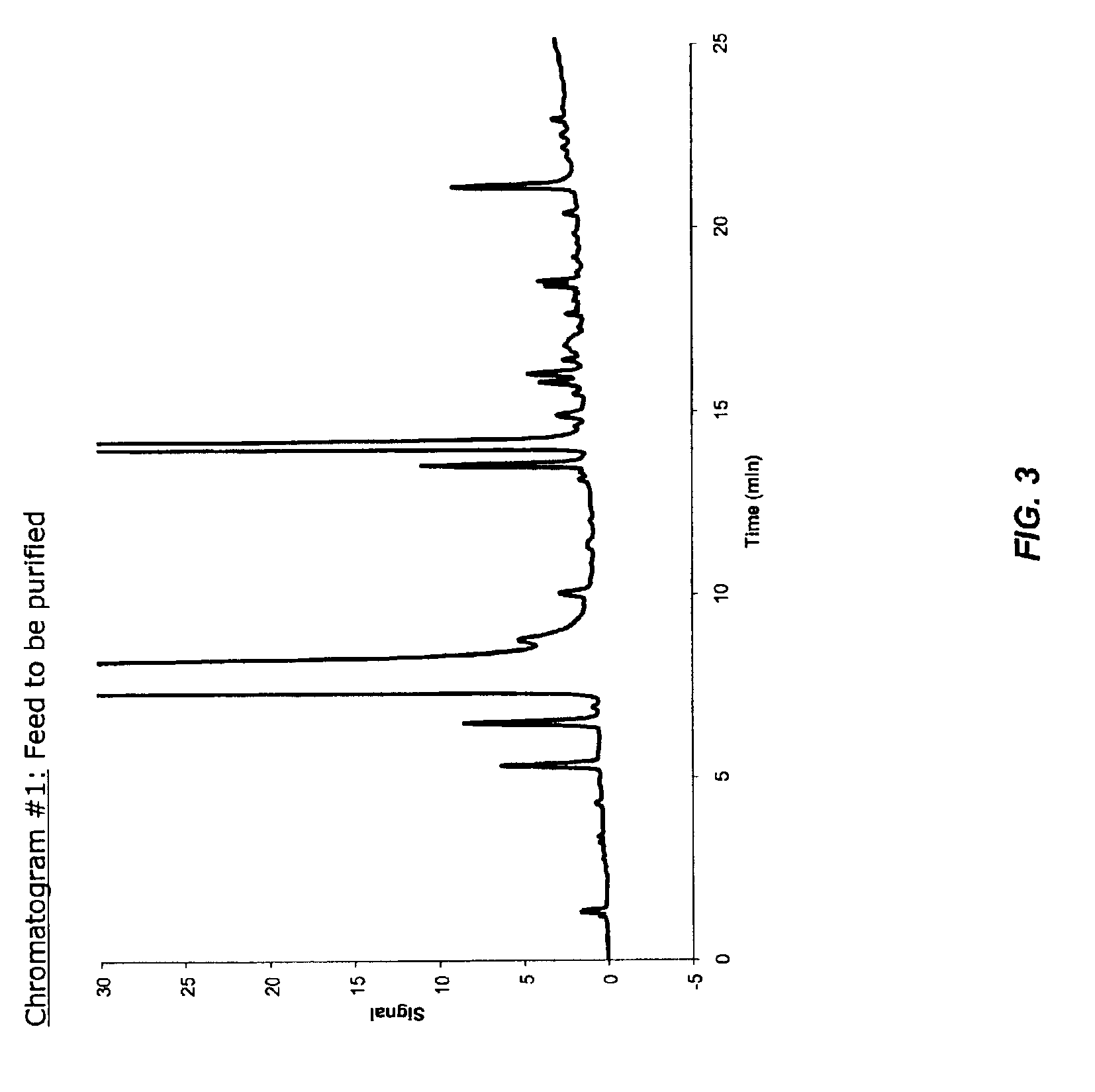Process for the preparation of Citalopram intermediate
a technology of citalopram and intermediate, which is applied in the field of preparation of citalopram intermediate, can solve the problems of excessive handling of flammable liquid, high cost, and inability to reproduce the process described in u.s. patent no. 4,136,193 for the preparation of citalopram in the quality specifications required for its use in pharmaceutical applications, etc., and achieves the effect of being ready to prepar
- Summary
- Abstract
- Description
- Claims
- Application Information
AI Technical Summary
Benefits of technology
Problems solved by technology
Method used
Image
Examples
examples
A. Preparation of Dimetlylaminopropyl Magnesium Chloride
[0077]A 30% aqueous sodium hydroxide (1.04 kg, 7.80 mol, 1.10 eq.) solution was added to a mixture of 65% aqueous dimethylaminopropyl chloride hydrochloride (1.71 kg, 7.04 mol, 1.00 eq.) and toluene (0.167 kg) at [0078]The phases were separated.[0079]The organic phase was combined with THF (0.600 kg) and dried over molecular sieves (Siliporite NK10, 0.227 kg).[0080]Approximately 5% of the dried dimethylaminopropyl chloride solution was added to a mixture of magnesium (0.170 kg, 7.00 mol, 1.00 eq.), ethyl bromide (0.0038 kg, 0.035 mol, 0.0050 eq.), and THF (1.60 kg).[0081]The resulting mixture was heated to reflux (>68° C.) and the remaining dimethylaminopropyl chloride solution was added over 1.5 h.[0082]Reflux (>68° C.) was maintained throughout the addition period by adjusting the addition rate and heating and / or cooling as necessary.[0083]The mixture was refluxed (>70° C.) for 1 h, then cooled to ambient temperature and stor...
PUM
| Property | Measurement | Unit |
|---|---|---|
| temperature | aaaaa | aaaaa |
| temperature | aaaaa | aaaaa |
| organic | aaaaa | aaaaa |
Abstract
Description
Claims
Application Information
 Login to View More
Login to View More - R&D
- Intellectual Property
- Life Sciences
- Materials
- Tech Scout
- Unparalleled Data Quality
- Higher Quality Content
- 60% Fewer Hallucinations
Browse by: Latest US Patents, China's latest patents, Technical Efficacy Thesaurus, Application Domain, Technology Topic, Popular Technical Reports.
© 2025 PatSnap. All rights reserved.Legal|Privacy policy|Modern Slavery Act Transparency Statement|Sitemap|About US| Contact US: help@patsnap.com



